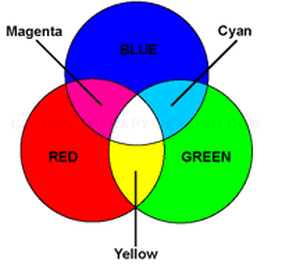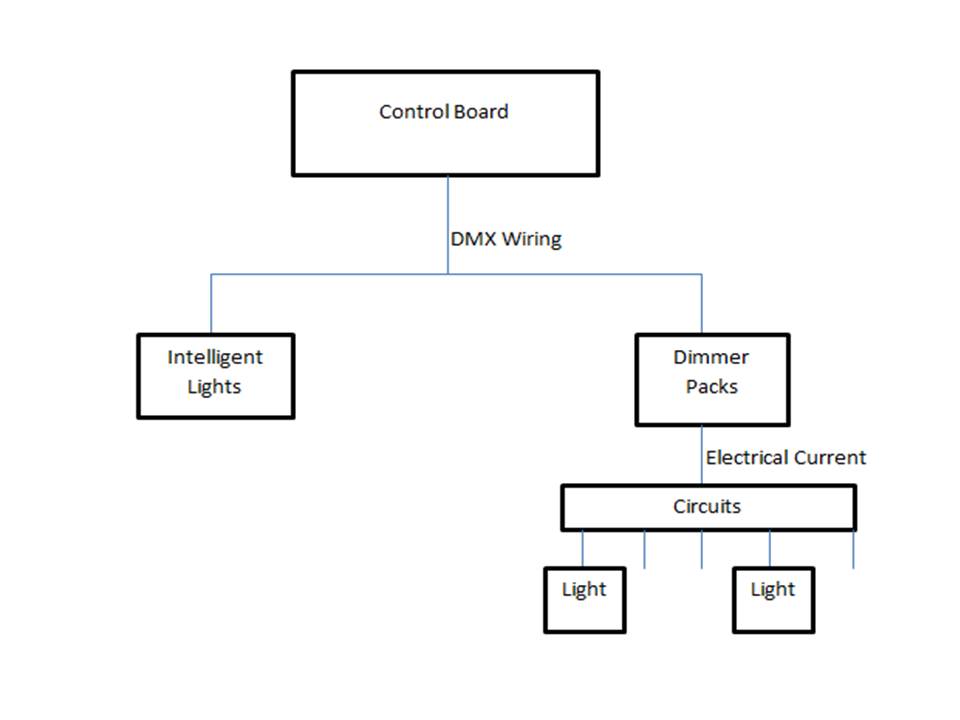Theatrical Lighting
About
Theatrical lighting
The lighting designer works to achieve the following goals, always in the following order:
The lighting designer works to achieve the following goals, always in the following order:
- Visibility--The most important. This means that the audience can clearly see the actors and action on stage.
- Focus--The second most important. The lighting designer draws the focus of the audience by making an area, or areas, of the stage brighter than others.
- Verisimilitude--The third most important. This is a very fancy term for "life-likeness." The lighting designer attempts to convey a sense of reality through the lighting. If a scene takes place inside, for example, the lights should try and imitate interior lighting. Also, if a scene is outside, the designer attempts to imitate outdoor lighting.
- Mood--The least important. If ALL of the other goals have been achieved, the designer can concentrate on using lighting to enhance the mood of the scene. This may involve adjusting the intensity of the light, the color of the light, or the angle of the light.
Controlling the Lighting System
Color

In lighting, the primary colors are red, blue, and green. The secondary colors are magenta, cyan, and yellow. When all of the colors are combined, white light is created.

